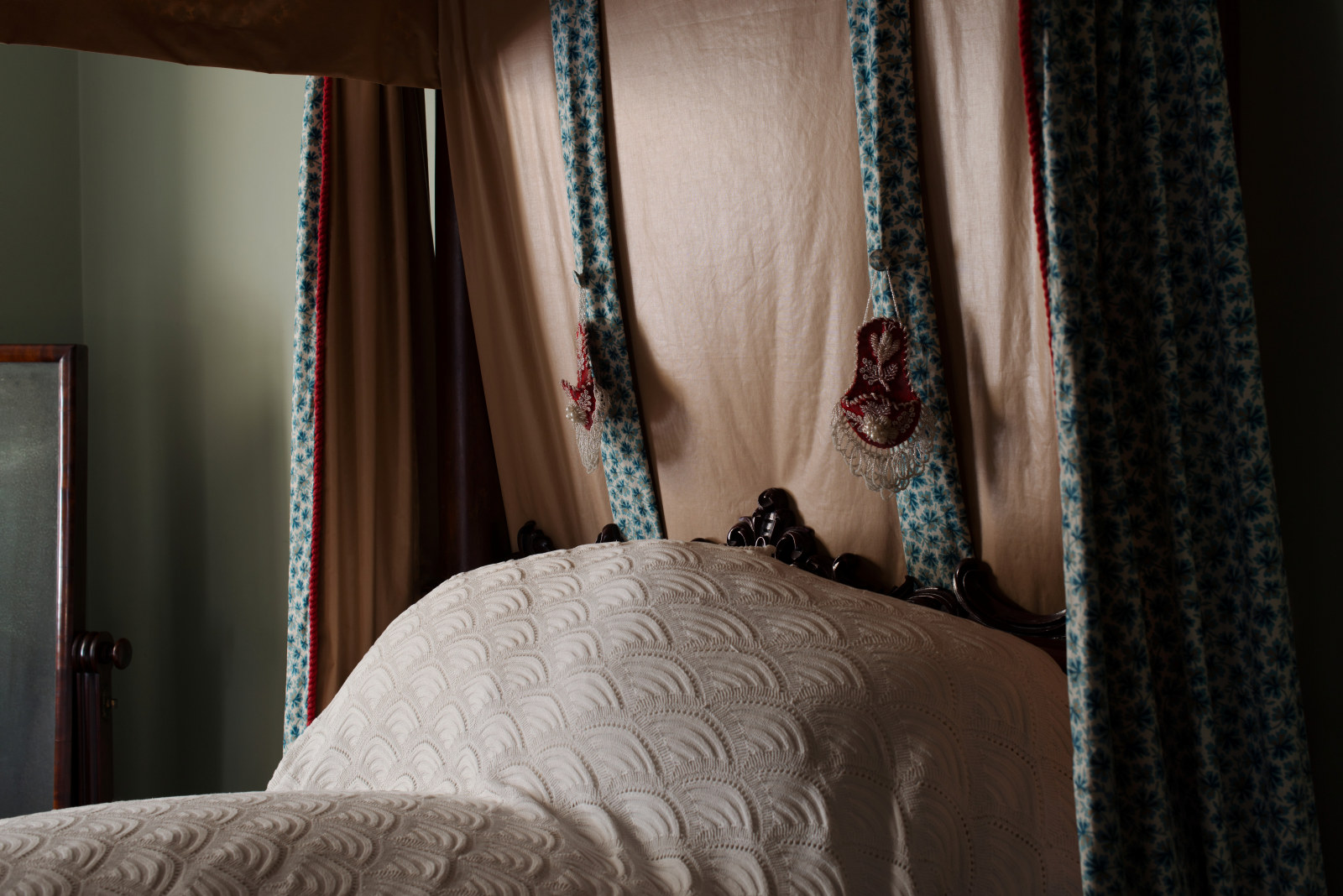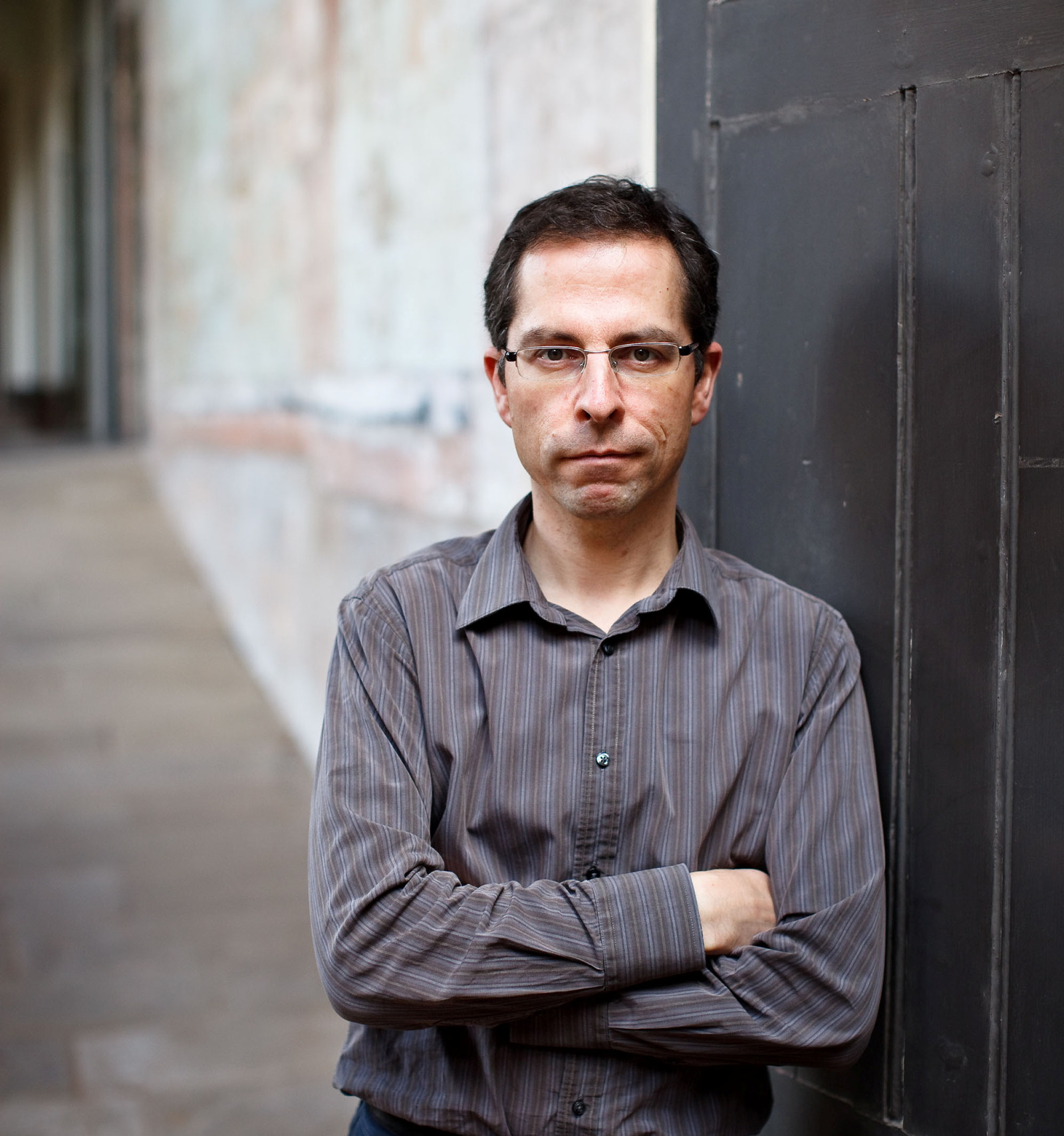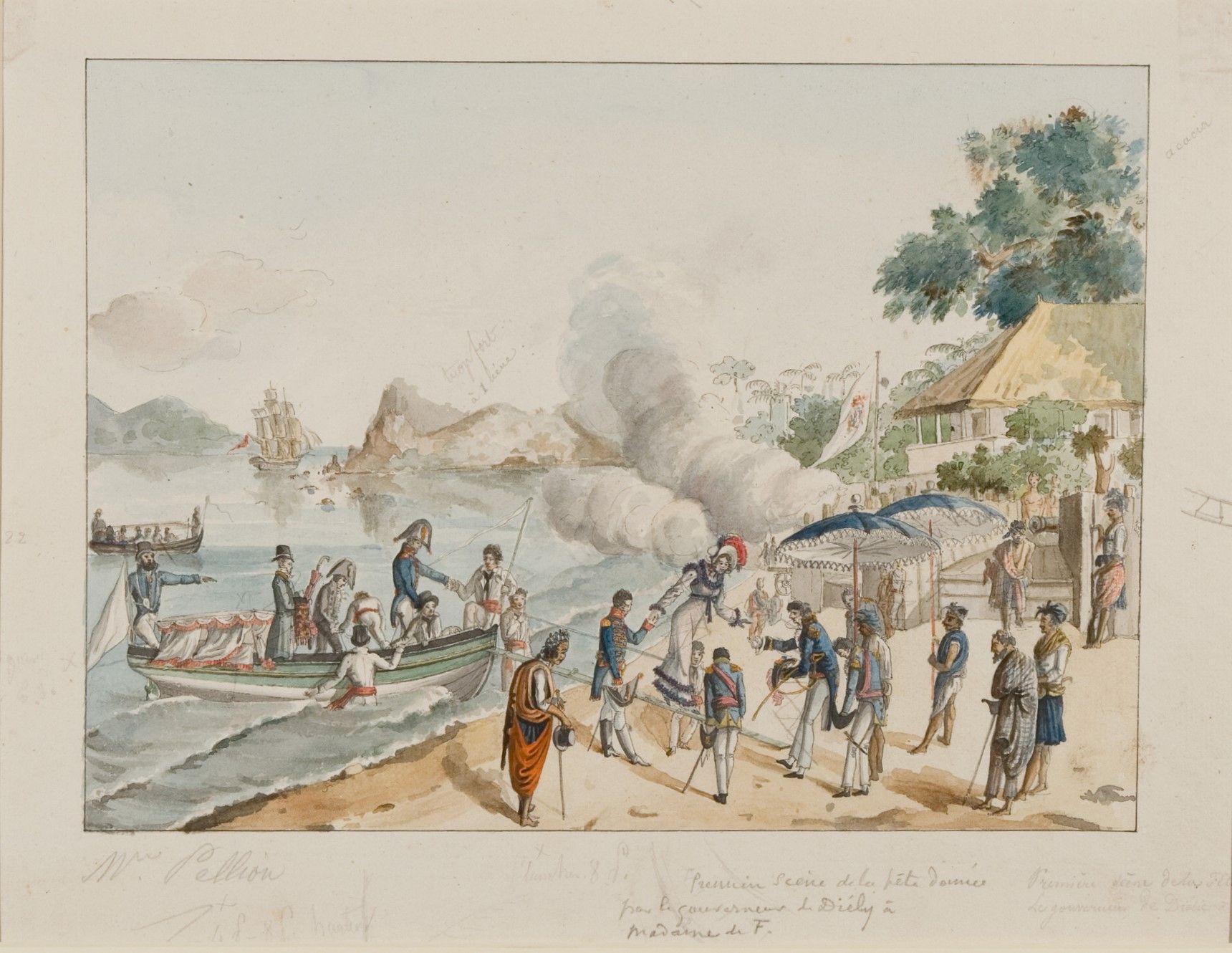George Taylor’s improved fibrous plaster
In 1904, visitors to a newly built suburban bungalow in Victor Street Chatswood NSW might have been surprised by the variety of decoration in fibrous plaster that adorned the ceilings and cornices: lyrebirds, flannel flowers and ferns keeping company with scantily clad classical maidens.
In early 20th century Australian homes plaster decoration featuring local flora and fauna was becoming increasingly common. One of the champions of this ‘national style’ of decoration was craftsman and journalist George Augustine Taylor (1872-1928), who invented and produced his own fibrous plaster for a new company he formed around 1900 with merchant Alexander Knox.
In 1900 George Taylor, who was also a cartoonist, inventor and publisher of several journals including Building: the magazine for the architect, builder, property owner & merchant, patented a new improved type of fibrous plaster for ornamental use on ceilings, walls, cornices and even temporary outdoor structures. It was first used to construct the ‘Citizen’s Arch’ in Sydney during Federation celebrations in 1901 but soon after installed in many commercial and domestic buildings.
Canvas reinforced plaster that could be produced in moulds became popular in Australia from the 1880s as it was cheaper and less likely to crack than normal plaster. In the late 19th and early 20th centuries, several Australian companies experimented with making even lighter and stronger plaster by adding new elements like wood shavings, straw, millet, grass or wool. Taylor’s improved fibrous plaster contained bagasse, a by-product of the sugarcane refining process and he subsequently named his company after this material. It proved to be inexpensive, durable, easily moulded and, according to Taylor, it could be cut or punctured without cracking, unlike most other plaster.
The Chatswood house with Taylor’s fibrous plaster was demolished in the late 1980s but not before several pieces of the plaster decorations were removed and donated to the Caroline Simpson Library.
Lyrebirds ceiling panel
George Taylor’s fibrous plaster designs for the Bagasse Company Ltd mostly featured Australian flora and fauna. In an article in The Journal of the Institute of Architects of New South Wales in January 1904, he wrote:
“For design we can go to Nature as did the craftsmen of old, and so evolve a National style. In the turn of the fern-frond we have a spiral almost rivalling the classic volute of the Ionic capital – we have new shapes in the beautiful curves of the waratah petals, in the great sweep of the ‘Lyre tail’; in fact, Nature in Australia is replete with new and suggestive detail.”
Lyrebird design (no.44)
Two Sydney-based fibrous plaster manufacturers, Jeskie Bros & Co of Marrickville and Weine & Hodson of Annandale, both produced a near identical design to the lyrebird ceiling panel first made by the Bagasse Company and used in a c1904 house in Chatswood NSW. Another Sydney company, Lumb Bros of Petersham, also produced a similar design. Although Taylor and his Bagasse Company were almost certainly the first manufacturers to produce this design, it is likely that either Jeskie Bros or Weine & Hodson purchased the Bagasse plaster moulds when the later went into liquidation in 1912 and then re-used them. However, fibrous plaster companies were noted for copying each other’s designs in early 20th century Sydney and so the lyrebird design may simply have been replicated by other companies.
Cornice corner with lyrebird
Plaster decoration for Australian homes was the preserve of wealthier residents in the first half of the 19th century but from the 1860s, recently invented gelatin moulds were used to cast relatively inexpensive decoration. By the 1880s, a new type of plaster was in production called canvas, rag and stick or fibrous plaster. This is generally considered not to be true fibrous plaster: instead of fibres of other material being added to the plaster, the plaster was actually reinforced with layers of canvas, which strengthened each piece, reduced costs and sped up production. By the end of the 19th century there was more experimentation partly in response to new competitors, particularly from stamped metal ceiling and cornice manufacturers like Wunderlich Ltd. Plaster makers experimented with their formulae in an attempt to make a lighter and cheaper product. They tried adding wool, straw, timber shavings, sugar cane fibre (used by George Taylor) and teased hemp or sisal fibre, which was eventually the most successful. ABy the beginning of the 20th century there were a number of small to medium sized local companies making fibrous plaster.
Taylor's fibrous plaster
The letters patent taken out by George Taylor and Alexander Knox in New South Wales in October 1900 for ‘An improved fibrous plaster’ explained some of the techniques used in the manufacture of their product:
“In carrying out our invention, we use quick setting Portland Cement, Roman Cement, Keen’s Cement, or Plaster of Paris, preferably the last mentioned. Before wetting the cement or plaster we incorporate therewith the waste product of cane sugar mills, known as ‘Bagasse’, which has been thoroughly shredded in disintegrating apparatus, so that the fibres do not, for the most part, exceed about an inch in length. When the cement and the bagasse have been well intermixed, a sufficiency of water is added and incorporated in the usual way, and the fibrous cement mixture thus made is then used like ordinary plaster in a mould or by laying on with a trowel or float. The surface may be finally finished with a thin wash of pure plaster to hide any of the fibre which may show at the surface.”
Ceiling panel with ferns
Some years after George Taylor had sold his interest in the Bagasse Company he found occasion to reflect on the factors that had contributed to the success of the company, declaring that “the introduction of Australian flora into the celing, cornice and wall designs of bagasse fibrous plaster won for it great popularity”. He suggested that before the advent of the material there had been little use made of Australian features in architectural designs but the ease of making moulds in fibrous plaster meant that special designs could be supplied for special buildings. He noted that a building for the Bank of North Queensland had designs of Queensland ferns on the ceiling and in the cornice. Other buildings had flannel flowers or waratahs but he regretted that there was still insufficient attention given to the best use of Australian subjects in architectural ornament. ‘Even today’, he wrote in October 1917, it is practically a novelty in design, yet where it is efficiently used, it always commands attention’. (Building, 12 October 1917)
George Taylor
George Taylor was the inventor of the new type of fibrous plaster that contained bagasse, a by-product of the sugarcane refining process, but took out letters patent and entered business with merchant Alexander Knox in 1900. One year later they were joined in business by William Macleod, manager of the Bulletin Newspaper Company Ltd. Macleod, like Taylor, was also a cartoonist and a member of the literary and artistice set that made by bohemian society in Sydney in the 1890s.
Being a newly invented product, Taylor initially knocked on many architects’ doors in an attempt to sell his fibrous plaster. The first use of the new plaster was to construct the ‘Citizen’s Arch’ in Sydney for Federation celebrations in 1901. Soon afterwards, the firm of Robertson and Marks became the first architects to specify Bagasse Company fibrous plaster for their work. Eventually, Taylor’s fibrous plaster was used in commercial buildings around Sydney including the Bank of North Queensland in Bridge Street, Gibbs Chambers in Martin Place, the Trades Hall and Baumann’s Café in Pitt Street. Around 1910 the Bagasse Company was sold to businessman William Tyree and the company name was changed to Petrite Limited. Just two years later the Petrite Limited was in liquidation with the contents of the business being auctioned off including: ‘200 casks plaster,… Bagasse ceiling plates, cornices, bosses, plasterer’s benches, moulds, etc., etc.’
Published on
Related
Browse all
The Astor, 1923–2023
Upon completion in 1923, The Astor in Sydney's Macquarie Stree twas the largest reinforced concrete building in Australia, the tallest residential block, and this country’s first company title residences

City of Gods, my early experience and toy boat
Inspired by a watercolour of the ruins of the temple of Vishnu, refugee curator in residence Jagath Dheerasekara writes about Devinuvara as a site of pilgrimage, colonisation and uprising

Watch pockets
Watch pockets hung on the head cloth of a four-post bedstead and originally served in place of bedside tables, which were uncommon in the 19th century

